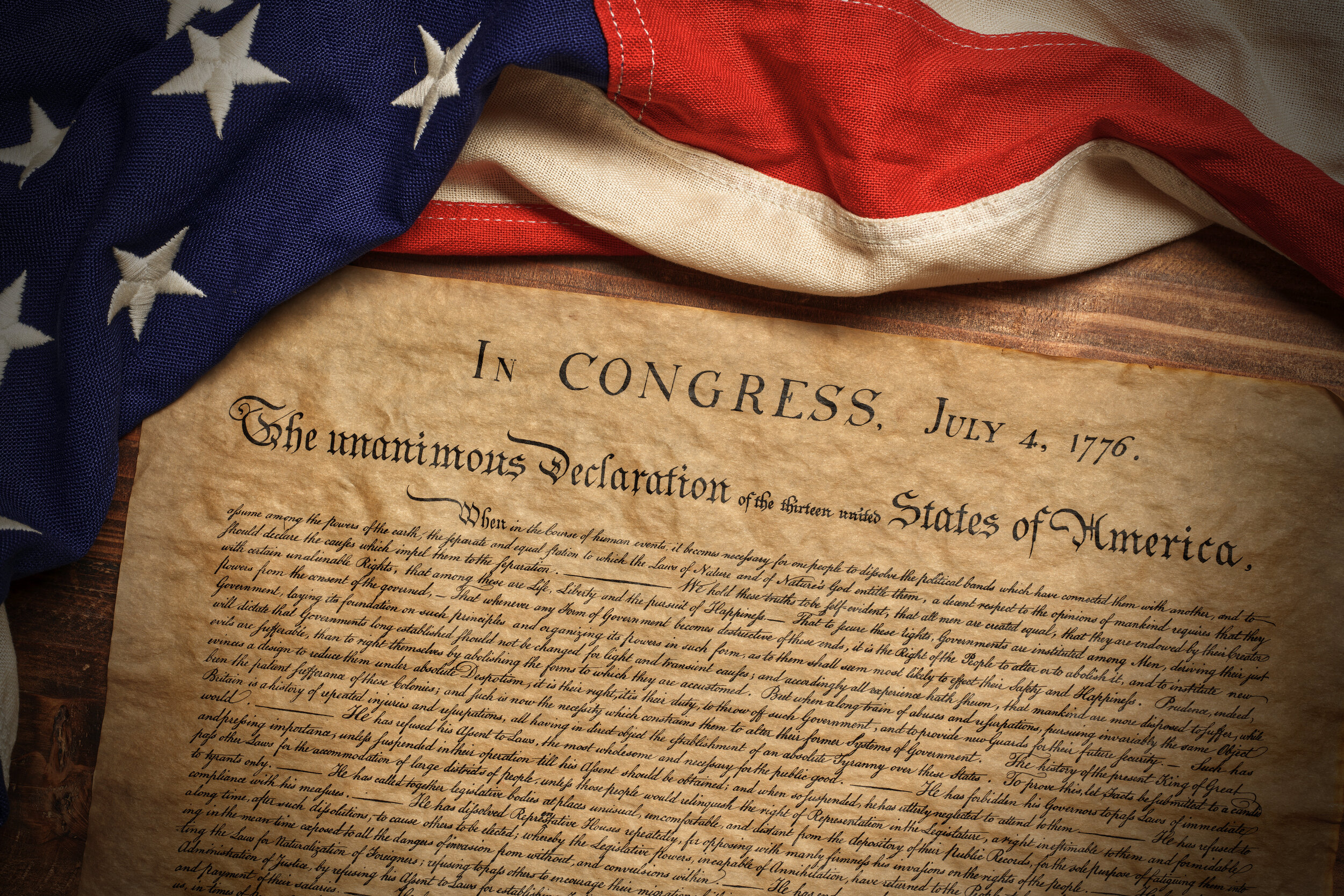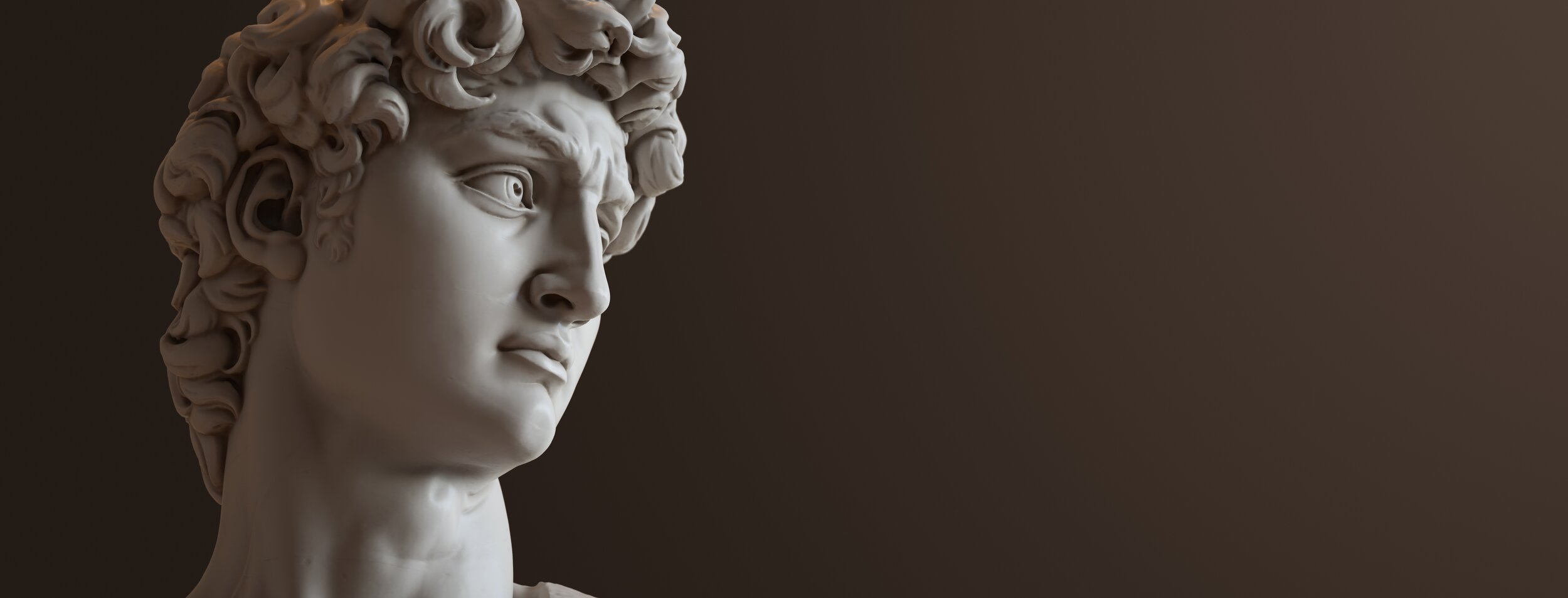
History
Introduction to History
The AP History exams include multiple choice questions and essays. You can prepare for both parts using the resources below.
Before you get started, check out this video that explains what the essays are like!
THE DBQ (AND OTHER AP HISTORY ESSAYS)
Now check out this video to get an idea of what to expect with the AP History multiple choice questions. This covers almost all multiple choice questions you’ll see on all the AP History exams that are offered.
AP HISTORY MULTIPLE CHOICE

U.S. History
Phase 1: U.S. History
U.S. History is a great place to begin your independent historical studies. It’s a shorter history (it spans fewer total years than the study of most ancient civilizations).
Let’s start.
Create a College Board account. This will allow you to schedule all future tests. You only need to do this once. When you create the account, you can select your state’s home school as your school. For example, if you live in Maryland, you would put in “Maryland Home School” as your school. All of the other information is just basic contact and address information.
Get a general overview of the content for U.S. History.
Get the Barron’s U.S. History AP book. Read through, but do not actually do, the diagnostic test.
Watch all the Crash Course videos on this page. You can watch 3-4 videos a day.
Skim over the text in the Barron's book.
Watch the Khan Academy videos here. Again, about 3-4 per day is good. Some of these videos are great, while others are useless. Watch the first minute or so of each video, and see if it is actual content or just frippery. If its real content, watch the whole video. Watch 3-4 videos a day.
Watch this documentary.
Read a simple, easy textbook in U.S. History. Don't get something overly complex; get something designed for younger students. History is still a story, whether it’s easy to read or miserable and incomprehensible. Here's one we recommend.
Study U.S. History in more detail.
Read the Barron’s book thoroughly this time around.
Do the practice tests and read the answer explanations carefully.
When you are consistently getting 50+ questions correct on your AP U.S. History practice tests, you are ready to move on.

World History
Phase 2: World History
Let’s start.
Create a College Board account. This will allow you to schedule all future tests. You only need to do this once. When you create the account, you can select your state’s home school as your school. For example, if you live in Maryland, you would put in “Maryland Home School” as your school. All of the other information is just basic contact and address information.
Get a general overview of the content for World History.
World history is a massive subject. Your goal is not to learn everything that ever happened, which would be impossible. Instead, your goal is to get a sense of common historical events. What pushes people to revolt? How does inflation work? How did the industrial revolution affect different countries?
Get the Barron’s World History AP test book. Look over the questions in the diagnostic test, but don’t do them yet.
Watch all the Crash Course videos on this page. You can watch 3-4 videos a day.
Build a more analytical perspective.
Watch all seasons of Empires, found here.
Read over the text in the Barron's book.
Read a simple, easy textbook in World History. Again, don't get something overly complex; get something designed for younger students. History is still a story, whether it’s easy to read or miserable and incomprehensible. Here's one we recommend.
Read this book.
OPTIONAL: Read this book by the Smithsonian. Note that this book is produced by Smithsonian, and therefore by the government. It is accordingly biased.
Practice.
Do the practice tests and read the answer explanations carefully.
When you are consistently getting 45+ questions correct on your AP World History practice tests, you are ready to move on.

AP Tests Year 1
Phase 3: AP Tests Year 1
In Year 1, you should take…
AP U.S. History
AP World History
AP US Government and Politics
Why take 3 at once?
Because it’s awesome, completely possible, and it makes the most of every second of studying that you do. U.S. Government is central to U.S. History anyways. And you already spent months studying for the SAT exams in both subjects.
Get the Barron’s AP books for U.S. History, World History, and U.S. Government and Politics. Practice them daily.
Watch this video on the Document Based Question.
Practice the DBQ with a tutor, teacher, or other expert. You’ll need a lot of practice and feedback for this. If you want to work with Vohra Method, you can contact us here.
You are ready to take the AP tests when…
A tutor or expert has verified that you are ready for all the essays on these exams.
You are consistently getting 50+ questions correct on your AP U.S. History practice tests.
You are consistently getting 45+ questions correct on your AP World History practice tests.
You are consistently getting 50+ questions correct on your AP U.S. Government and Politics practice tests.
Take the AP Tests
Sign up for the three exams by October.
For this, you will need to email apstudents@info.collegeboard.org. As an AP Homeschool scholar, you’ll take the AP exams at schools close to where you live.Take the AP test.
If you scored a 5, congratulations.
If you scored a 4, that is accepted for college credit at most colleges. Just verify that your first choice college accepts a 4 in that subject.
If you scored a 3 or lower, then you should do a second round of studying and plan to take the test again next May.
When you have a 4 or 5 on all three tests, move on to the next phase!

AP Tests Year 2
Phase 4: AP Tests Year 2
In Year 2, you should take…
AP European History
AP Comparative Governments
AP Human Geography
Prepare.
Get the Barron’s AP books for European History, Comparative Governments, and Human Geography. Practice them daily.
Practice the DBQ with a tutor, teacher, or other expert. You’ll need a lot of practice and feedback for this. If you want to work with Vohra Method, you can contact us here.
You are ready to take the AP tests when…
A tutor or expert has verified that you are ready for all the essays on these exams.
You are consistently getting 50+ questions correct on your AP European History practice tests.
You are consistently getting 47+ questions correct on your AP Comparative Governments practice tests.
You are consistently getting 50+ questions correct on your AP Human Geography practice tests.
Take the AP Tests.
Sign up for the three exams by October. For this, you will need to email apstudents@info.collegeboard.org. As an AP Homeschool scholar, you’ll take the AP exams at schools close to where you live.
Take the AP tests.
If you scored a 5, congratulations.
If you scored a 4, that is accepted for college credit at most colleges. Just verify that your first choice college accepts a 4 in that subject.
If you scored a 3 or lower, then you should do a second round of studying and plan to take the test again next May.
When you have achieved a 4 or 5 on all three tests, move on to the next phase!

Art History
Optional Phase 5: AP Art History
If you choose to work on AP Art History, we recommend doing this in Year 3. It is completely optional.
Study.
Read this book.
Watch the videos on this page.
Practice.
Get the Barron’s AP Art History Book, and do the diagnostic test. Review the answer explanations carefully.
Read the content in the Barron’s book.
Do the practice tests, read the answer explanations carefully.
Watch all the videos on this page.
The Khan Academy for Art History is a bit all over the place. So, instead of trying to grind through all of it, watch 30 seconds or so of each video, and then keep watching if it seems worthwhile. A lot of the Khan Academy material is written, rather than in video form. It's good to read that material, since the actual test is written, not video based.
Our personally preferred way to look at the Khan Academy Art History Material is in reverse order. Start with the most recent developments in art, and then work backwards.
Take the AP Test.
Sign up for the exam by October. For this, you will need to email apstudents@info.collegeboard.org. As an AP Homeschool scholar, you’ll take the AP exams at schools close to where you live.
Take the AP test. Wait for your score. If you scored a 5, congratulations. If you scored a 4, that is accepted for college credit at most colleges. Just verify that your first choice college accepts a 4 in that subject. If you scored a 3 or lower, then you should do a second round of studying and plan to take the test again next May.

FSOT
The Next Level: The Foreign Service Officer Test
The State Department knows that college degrees are unreliable. Thus, for people who want to become diplomats, they created a test called the Foreign Service Officer Test. This is one of the hardest tests in the world. It covers everything from current events to math. You must be at least 21 years old to take the test, but can start preparing for it right away.
Watch this video.
You can get a sense of the test using this practice test.
The state department also has a suggested reading list. It is insanely long. You don’t need to read the whole thing, obviously. However, if you read one book a week, you can get through this in about a year. Since you have several years before you are old enough to take the test, it’s a reasonable task to complete. Remember that the FSOT carries MORE weight than a college degree.








